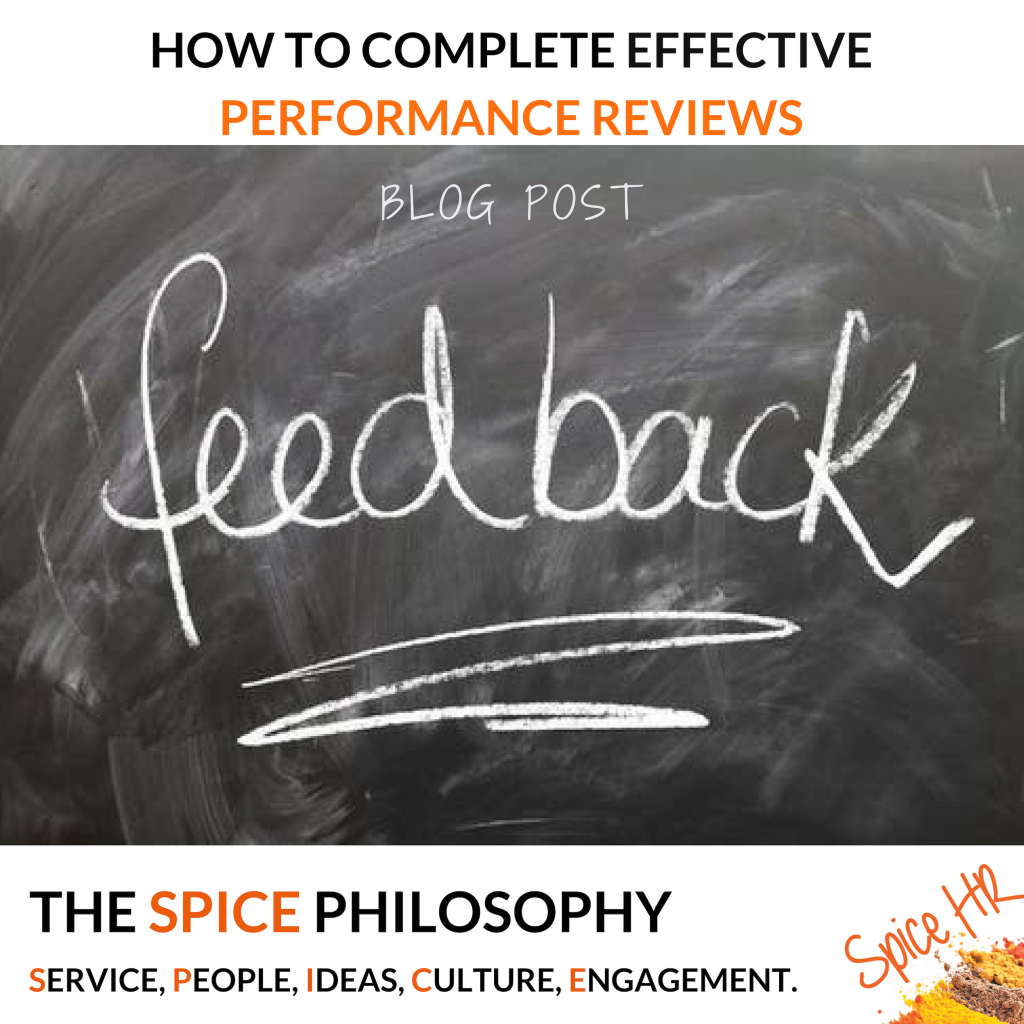
Do you groan when the time for performance reviews roll around?
You are not the only one!
Shocked? We didn’t think so. Managers and employees alike dread the traditional annual employee review, which has persisted throughout the business world for decades.
What might surprise you is that the traditional way of conducting staff reviews is not only a total drag, but it is ineffective, if not downright bad for business.
Research shows that a whopping 30 percent of performance reviews actually decrease employee performance. Oops!
But just because the old style of review has become irrelevant to a modern workforce, it doesn’t mean the process should be scrapped entirely. There are plenty of ways to reinvent and adapt your staff reviews so that they are quick, easy and infinitely useful for your employees and the business.
Here is what you can do…
How to Complete Effective Performance Reviews
Give Prompt and Regular Feedback
Scrap the idea that performance reviews should only happen once a year at a formal sit down. There are so many reasons this idea just does not work, such as:
- It is difficult to summarise a whole year in one review, especially if items you want to discuss took place months ago
- It is stressful for all parties
- Feedback is commonly only from one person (who may be unwittingly biased)
- There is little feedback or follow up during the year
- Managers suffer from “the recency effect” (only recollecting events from the last few months rather than the entire year.)
Staff reviews should be about coaching and developing your staff, not just reviewing past performance. Employees want immediate feedback – even if it is negative. The quicker you can provide feedback, the more likely it is that you can change (or reward) behaviour – resulting in a higher performing individual.
Mix It Up
You don’t have to trash the entire concept of the annual staff review. When combined with regular informal catch-ups and slightly more in-depth quarterly conversations, it can be a valuable tool to sit down with your employee and renew their goals and aspirations for the year ahead.
Just make sure it is supplemented with those regular catch ups!
Ditch the Numbers
Trying to condense an entire person’s work ethic, success, challenges, goals and behaviours into a single number or rating is not only one-dimensional, but it is also ineffective. Numbers tell you very little about the growth or development of an individual.
Instead, focus on capturing information in a more expansive way. Don’t be limited by a score. The key is providing honest feedback on all areas of their performance. You can tell very little from a number on a page. But real constructive feedback can work wonders.
Keep It Positive
It is no surprise that 90 percent of employees are more motivated by positive feedback than “constructive feedback.” Managers who are afraid of conflict might save up all their unpleasant conversations to have at a performance review – preferring to get it all out of their system in one go. But a staff review should focus more on the good than the bad.
Take note of all the good things that your team do. Not just their work, but their attitude around the office, how they help their colleagues, even if they pitch in to clean up the break room. Positive reinforcement is really helpful and will help make performance reviews so much more manageable.
Look Forward, Not Backwards
If you are providing feedback to your staff on the spot as it is needed, then reviews can be used more as “previews.” Spend time with your employee creating goals and objectives, rather than spending an hour rehashing old material.
That switches the focus from the past to the future. Talk openly about their goals for the year if they want to upskill and if there is the chance of more responsibility and progression. They will leave feeling energised and ready to take on the year head.
Listen Don’t Lecture
This is a conversation between two people. And part of being a good conversationalist is to listen openly. Allow your employee to lead most of the discussion, and listen more than you speak. This shows them that you respect and value their opinion. It will ensure they feel a valued member of the team.
Include the Rest of the Band
Studies show that often, reviews and ratings are more reflective of the person doing the rating than the person being rated. Translated, that means the manager may have biases (even if they’re not aware of them). To avoid this, and get a well-rounded, more accurate insight into a person’s performance, bring in peers and other managers, or even request customer feedback for a 360-degree review.
If you are still groaning and scratching your head about the performance review process then feel free to get in touch with us here at Spice HR. We can help you to establish a review process that works for your workplace. Drop us a line today.
